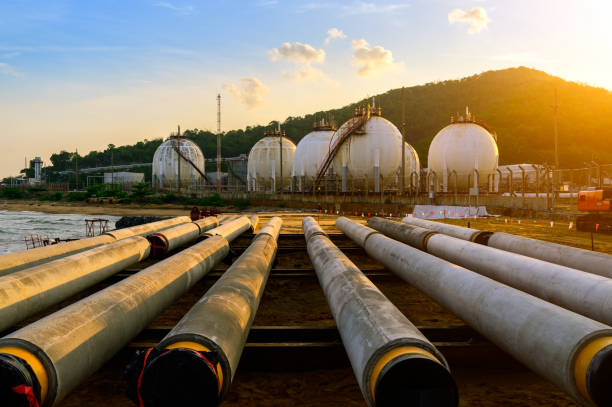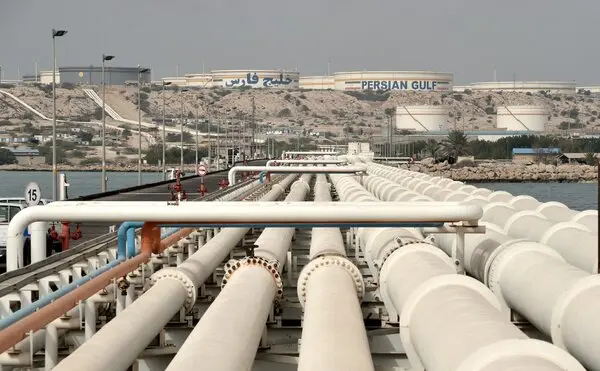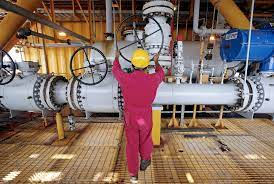Iran Refuses To Blink as Europe Eyes Snapback Sanctions

Jul 28, 2025
Talks between Iran and the European Troika (France, Germany, UK) over the weekend, initiated under U.S. guidance, aimed to gauge Iran’s willingness to revive the JCPOA before an October 18 EU deadline for reimposing snapback sanctions.

Europe is increasingly aligned with Washington’s harder stance, citing Iran’s expanding military ties with Russia and North Korea, including missile transfers and nuclear cooperation, and is now demanding Tehran limit missile range to 1,000 km.
If Iran fails to comply, Europe will likely trigger snapback sanctions, potentially prompting Iran to exit the Nuclear Non-Proliferation Treaty.
There was a time when Europe broadly was in favour not just of the Joint Comprehensive Plan of Action (JCPOA, colloquially ‘the nuclear deal’) but also of continuing with it even after the U.S.’s unilateral withdrawal from the arrangement on 8 May 2018.
This was based partly on long-running historical ties between France (one of the three key economic and political powerhouses of the continent, along with Germany and Great Britain) and the pre- and post-1979 Islamic Revolution regimes, and Germany’s considerable commercial ties with Iran.

Britain has occupied a neutral-at-best stance since it and the U.S. effected a change of regime in Iran in 1953 with the removal of the enormously popular Iranian Prime Minister, Mohammad Mossadegh (through ‘Operation Boot’ as it was codenamed by Britain’s Secret Intelligence Service, or ‘Operation Ajax’ by the U.S.’s Central Intelligence Agency) and his replacement by General Fazlollah Zahedi, as detailed in full in my latest book on the new global oil market order.
So, what has been happening in talks over the weekend – orchestrated in large part by the U.S. – between Iran and this European ‘troika’?
It took some time for continental Europe – which excludes Britain – to appreciate the full gravitas of the security threat posed to it after Russia invaded Ukraine on 24 February 2022.
This comes not just from the obvious intention of Russian President Vladimir Putin to push further westwards into Europe if his military is victorious in Ukraine, but also from the increasingly unified bloc of enemies to it and its key economic and political allies around the world that also includes China, Iran, North Korea and their allies too.

China continues to provide Iran’s chief source of financing keeping it afloat in the form of continued oil imports, North Korea has troops fighting on the ground in Ukraine for Russia, and Iran sustains a steady flow of drones, missiles, and other weaponry and support to this illegal Russian incursion. It could well be said that Europe’s limp response to Russia’s ‘test-invasions’ of sovereign European territories Georgia in 2008 and Ukraine in 2014 (with the subsequent unopposed annexation of its Crimea region) gave Putin the confidence to go ahead with the full-scale version in 2022.
The U.S. and Britain certainly thought this was the case, which is why both have pushed so strongly to end the culture of dependence in Europe on cheap and plentiful energy supplies from Russia that turned much of the continent into the Kremlin’s fat, pliant lapdog.
In so doing, the U.S. and Britain have laid the foundation for a broad, deep and strong economic, political, and military alliance of democratic countries capable of facing down the threats posed by the enemies ranged against them.
Oilprice.com






